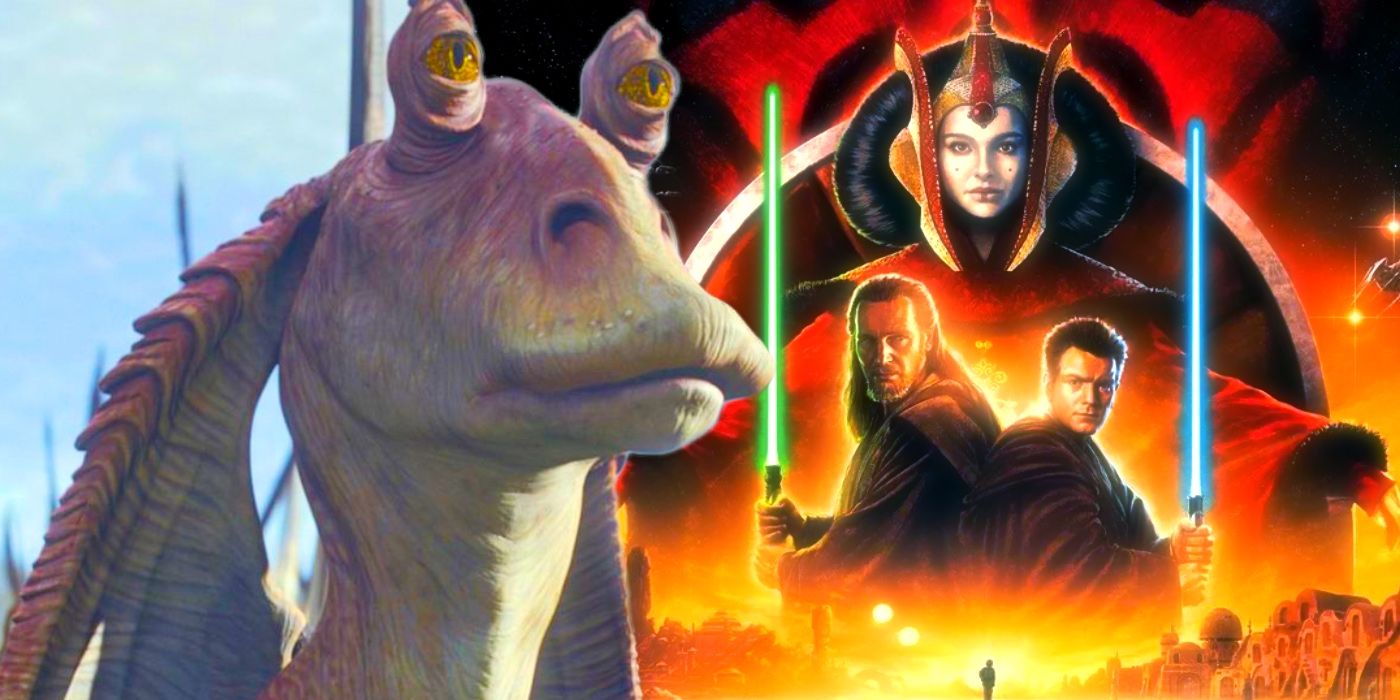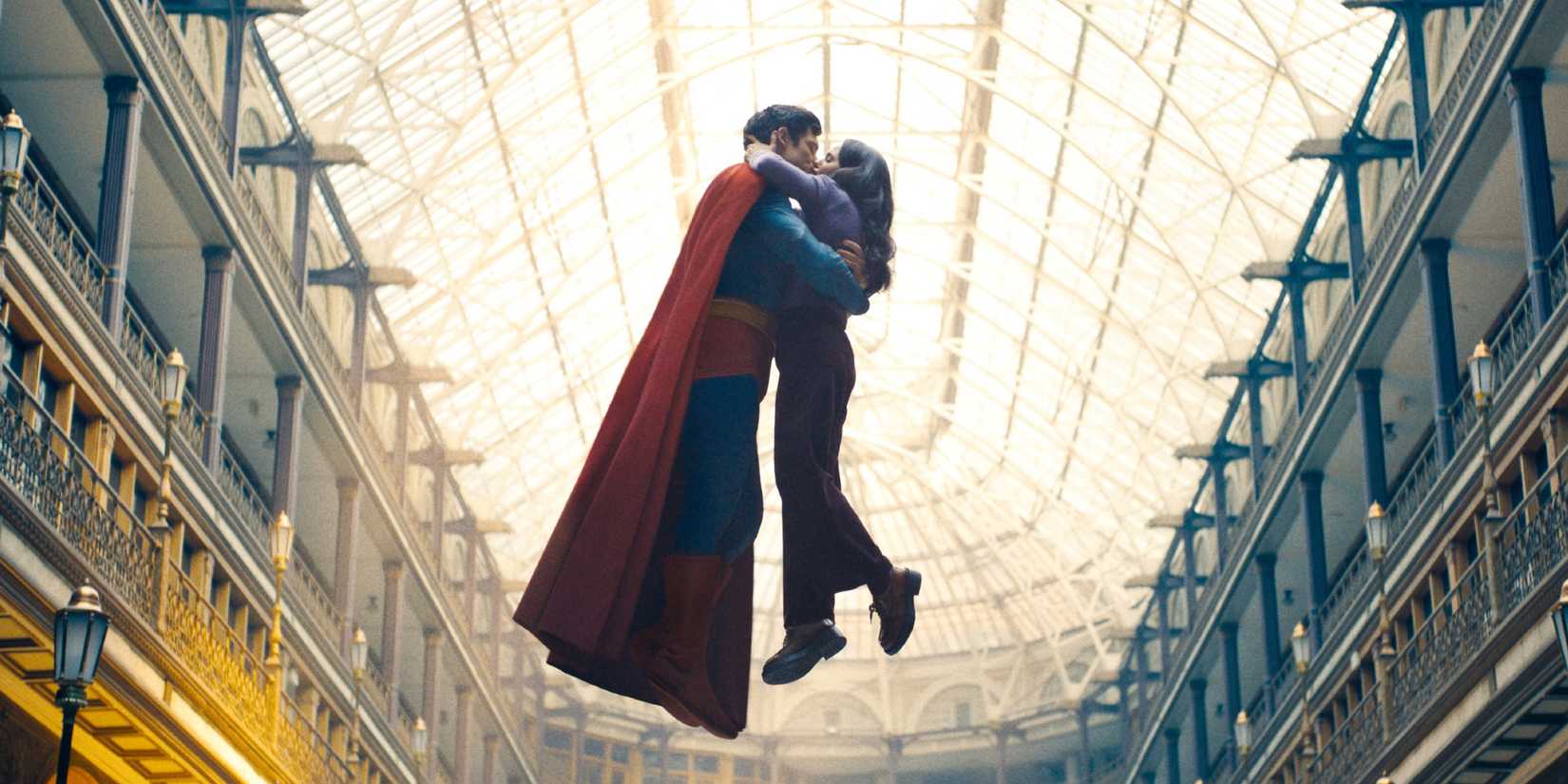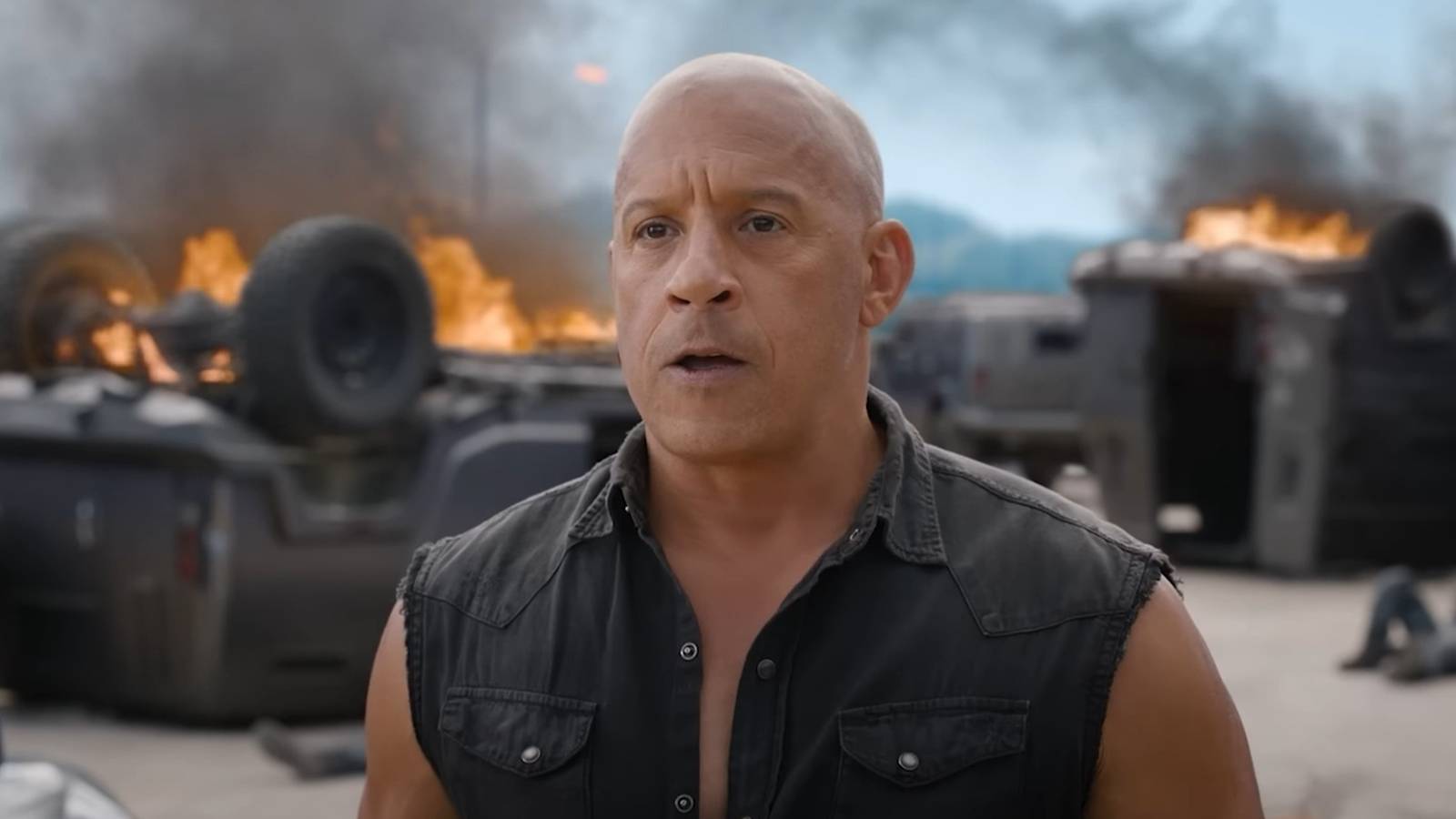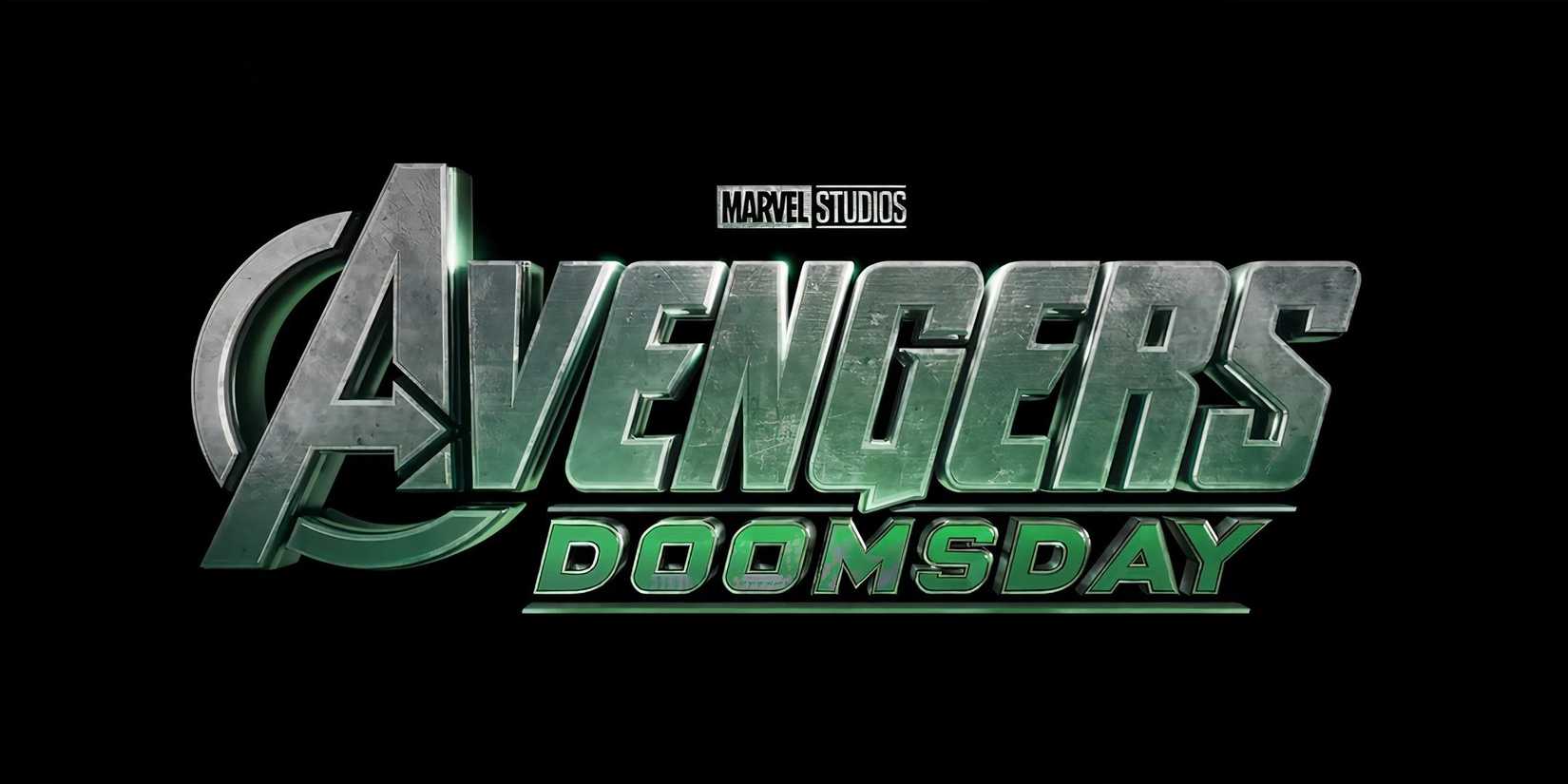One of Star Wars’ most controversial characters also represented one of Hollywood’s most revolutionary technological advancements. When Star Wars: Episode I – The Phantom Menace was first released, critics and older audiences widely panned the inclusion of Ahmed Best’s character, Jar Jar Binks, resorting to calling the character goofy, unintelligible, and unnecessary. The criticism soon snowballed, however, attacking Best personally, to the point that it became detrimental to his mental health.
Nowadays, thankfully, Best’s performance is being re-evaluated by older and newer audiences alike, and his recent return to the franchise, both as Jar Jar and as Jedi Master Kelleran Beq, has been a triumph. Nowhere is this more apparent than in the second season of Light & Magic, Lucasfilm’s documentary about the history of Industrial Light & Magic (ILM), the visual effects company George Lucas founded to help him produce Star Wars. Best’s legacy arguably changed Hollywood forever.
Jar Jar Binks Was One Of The First Fully CGI Lead Characters
The second season of Light & Magic explores how ILM’s focus slowly shifted from optical and practical effects to digital effects. George Lucas’ vision for the second Star Wars trilogy was immense; he knew it couldn’t be made with traditional analogue techniques. Instead, he opted to wait roughly 15 years after Return of the Jedi to start working on The Phantom Menace.
One of the biggest obstacles in eventually creating The Phantom Menace was bringing the character of Jar Jar Binks to life. They had Ahmed Best for the physicality and the voice, but the design required something that had never been done before. Not to that extent, at least, as explained by animation supervisor Rob Coleman:
“Having that character sharing a screen with Ewan and Liam and Natalie, who are alive and breathing and naturally engaging for the audience, and having to have that digital character holding his own, that was a very tall order for us at the time … George wanted Jar Jar driven, absolutely physically, by Ahmed.”
As Light & Magic season 2 explores, ILM researched several techniques, which originally included merely animating parts of Jar Jar’s body, especially from the neck up. They did this until it became clear that it was easier (and probably cheaper) to animate the entire thing. That’s when motion capture became involved, putting Best in that “revealing catsuit” with the little pompoms – otherwise known as targets – we all know so well. The rest is history.
What they made changed how CGI characters were used in action-adventure movies forever. Nothing had ever been done on that scale before.
“It was so experimental at the time,” Best says in the documentary, “None of us knew what would work and what wouldn’t work. But because we were all together and because George had so much faith in it, we really made something special.”
What they made changed how CGI characters were used in action-adventure movies forever. Nothing had ever been done on that scale before, but it paved the way for beloved and extremely realistic CGI characters like Yoda in the other Star Wars prequel movies, Gollum in The Lord of the Rings trilogy, Davy Jones in Pirates of the Caribbean: ᴅᴇᴀᴅ Man’s Chest, Thanos in the MCU, and so many more, to be brought to life.
Our Take On Jar Jar Binks In The Star Wars Prequel Trilogy
In the ILM documentary, Best reveals how the acerbic backlash against his performance and the character made him feel isolated and depressed. People praised the movie’s digital effects, but the use of full-body CGI somehow made it even harder for audiences to separate the actor from the character he was portraying. This is an issue that remains prevalent today. Disliking a character isn’t a reason to go after the actor playing them; they’re just doing their job. Best explained his point of view in the documentary’s second episode:
“It really was just draining, you know, to constantly have to defend the work. Even if you talk about the character, you’re talking about me. But it wasn’t just me as Jar Jar. We were Jar Jar. ILM was Jar Jar. George was Jar Jar. I’m the face of it, but it was all of us. I felt as if I let everybody down. I felt it was my fault. I was 26. What should have felt like the beginning of something quite wonderful felt like the end.
I think the lesson that was learned from everyone who does CGI characters now is to talk about the actor, and not just the character, as if the actors don’t exist. The hardest part about it is, I was the first person to do this, and I was the first Black man to do this. The erasure of artists, especially African-American artists, as pioneers in the industry is something that has been pervasive since the industry’s inception. And it’s something that needs to be talked about, and it’s something that needs to be rectified.”
Jar Jar Binks may have been too slapstick at times, too goofy, but there’s no denying that Ahmed Best gave it his all, and his pᴀssion for Star Wars is infectious throughout the documentary. Additionally, as Lucas points out in Light & Magic, Jar Jar was a big hit, even then, with the demographic Lucas originally made Star Wars for: 12-year-old kids. Jar Jar played an important role in the prequel trilogy – he made the Star Wars galaxy feel more alien, lived in, and fantastical.
All episodes of Light & Magic season 2 are now streaming on Disney+.
Check out our Star Wars Celebration coverage:
- Star Wars Celebration: All Panels & Times
- Star Wars Celebration:Live Blog Day 1 – The Mandalorian & Grogu and Lucasfilm Animation Updates
- All 8 Things We Just Learned About The Next Star Wars Movie, The Mandalorian & Grogu
- Star Wars Starfighter Announced: Next Star Wars Movie Releases In 2027, Five Years After Rise Of Skywalker & Stars Ryan Gosling
- Darth Maul Returns In First Look At Maul: Shadow Lord, New TV Show That Fulfills George Lucas’ Sequel Trilogy Plans
|
Upcoming Star Wars Movies |
Release Date |
|
The Mandalorian and Grogu |
May 22, 2026 |
|
Star Wars: Starfighter |
May 28, 2027 |






